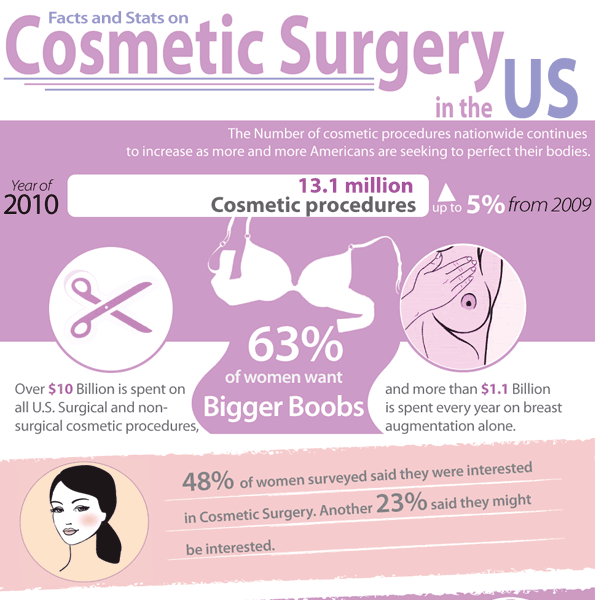Hormonal Acne
Hormonal Acne
Blog Article
Hormonal Acne - What is Hormonal Acne?
Hormonal acne is characterized by clogged pores and oily skin that commonly shows up on the chin and jawline. It occurs when hormone modifications set off swelling and microbial overgrowth within hair follicles.
Breakouts may appear as whiteheads, blackheads, papules or pustules and cysts or blemishes in a lot more extreme instances. It is extra usual in teenagers experiencing the age of puberty but can affect adults of any age.
What Causes Hormonal Acne?
While acne can be caused by a variety of factors, including using hair and skin care products that aren't oil-free or made with ingredients that could clog pores, hereditary proneness, diet regimen,2 and stress and anxiety, the origin is rising and fall hormonal agents. Hormone acne takes place when the body experiences hormone adjustments and variations that cause an overflow of sebum, which triggers swelling, boosted growth of germs and changes in skin cell activity.
Hormonal acne is often located on the reduced jawline, cheeks and neck yet can show up anywhere on the body. It is defined by acnes that are cystic, uncomfortable and full of pus or other material. It is additionally more probable to happen in ladies than guys, especially during the age of puberty, the menstruation, maternity or menopause.
Age
While lots of youngsters experience acne at some point during the age of puberty, it can remain to pester adults well into adulthood. Called hormone acne, this type of breakout is tied to variations in hormonal agents and is usually most common in females.
Hormone acne happens when oil glands produce too much sebum, which obstructs pores and catches dead skin cells. This results in the formation of imperfections, such as whiteheads, blackheads and papules, pustules, cysts or blemishes, deep under the surface.
This sort of imperfection typically causes pain, soreness and inflammation. It may additionally be intermittent and appear around the same time every month, such as right prior to your period begins. This is since levels of women hormonal agents like progesterone and oestrogen vary with each menstruation.
Menstruation
Hormonal acne typically shows up in the lower part of your face, along the jawline and cheeks, as whiteheads, blackheads or inflammatory acnes (pimples and cysts). It's most likely to show up around the time when your menstrual cycle adjustments.
Particularly around ovulation, when estrogen and progesterone levels get on the rise, hormonal agent changes can cause outbreaks. However it's also feasible to get acne at any factor during your 28-day menstruation.
If you observe that your hormonal acne flare right before your duration, try noticing when specifically this happens and see if it connects to the phases of your 28-day menstruation. This will help you determine the root causes of your skin problems. For instance, you might wish to work on stabilizing your blood sugar and removing high-sugar foods, or think about a prescription drug like spironolactone that can control your hormones.
Maternity
Growing an infant is a time of dramatic hormone changes. For several women, this consists of a flare-up of hormonal acne. This sort of breakout commonly begins in the initial trimester, around week six. It's brought on by hormone rises that stimulate sweat glands to make more oil, which can block pores and cause even more bacteria to develop.
Outbreaks may additionally occur as a result of pre-existing problems like polycystic ovary syndrome, which can likewise be a concern during pregnancy and menopause. Additionally, some types of contraceptive pill (such as Ortho Tri-Cyclen and YAZ) can trigger hormone acne in some females.
Fortunately, the majority of acne treatments are "no-go" for expecting women (including preferred acne-fighting ingredients such as isotretinoin and spironolactone). However if you can't prevent those aggravating bumps, your physician might prescribe oral erythromycin or cephalexin, which are secure during pregnancy.
Menopause
As ladies come close to menopause, the estrogen levels that triggered their hormonal agent acne to flare up throughout the age of skin care with deinoxanthin puberty begin to maintain and decrease. At the same time, nevertheless, a spike in androgens (additionally known as male hormones) takes place because these hormones can not be exchanged estrogen as efficiently as previously.
The excess of androgens can set off oil manufacturing by the sweat glands, which clogs pores. When the stopped up pores come to be inflamed and inflamed, an acne kinds.
Hormonal acne is usually seen on the face, specifically around the chin and jawline, but it can happen on the neck, back, shoulders, or upper body. This sort of acne tends to flare up in an intermittent pattern, comparable to the menstrual cycle. Tension, which boosts cortisol and tosses hormonal agents out of balance, likewise adds to the outbreaks.